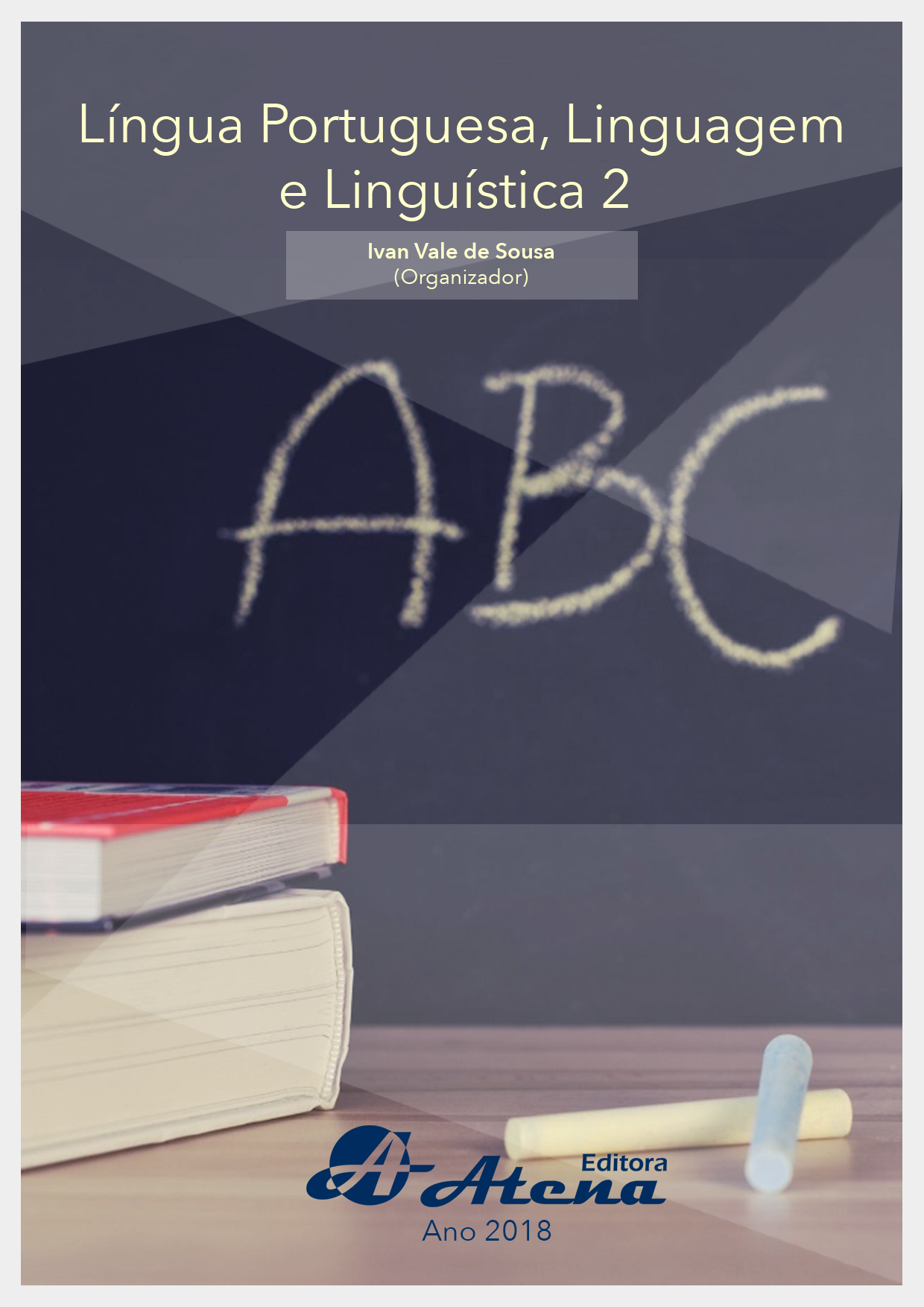
Letramento Literário: Instrumentos e Estratégias no Ensino de Alunos Surdos.
O aluno surdo tem dificuldade de
aprender textos literários porque os objetos
de ensino de literatura não são ensinados em
língua de sinais e nem na língua portuguesa-L2.
Ratifica-se que o problema não esta unicamente
no professor e muito menos nos alunos, temse
também problemas no ensino de segunda
língua. Nestes termos, a pergunta formulada
diante da problemática foi: o modo de trabalho,
a escolha dos objetos e as estratégias
metodológicas com instrumentos de ensino
desta disciplina, estão adequados ao ensino
desses alunos. Por isso objetiva-se identificar
como os professores articulam os saberes dos
alunos surdos de suas experiências visuais
e de letramento literário à aprendizagem de
literatura em sala de aula, além de apresentar
uma discussão e socialização deste corpus de
acordo com as contribuições teóricas de Strobel
(2008) sobre os artefatos culturais, o conceito
de letramento literário evidenciado por Zappone
(2008), as de Cosson (2006,2014) que propõe
uma sequencia básica de letramento literário
por etapas relacionadas ao processo de leitura
evidenciando autor, leitor, texto e contexto, e
as de Thiollent (2008) sobre a pesquisa-ação,
as de Brait (2010) para apresentar o conceito
de verbo visualidade presente no objeto de
ensino e Campos (2012) com a concepção de
Arquitetonica em Bakhtin e o sujeito. Concluise,
conforme as análises realizadas do corpus,
que os posicionamentos dos professores
nas escolhas dos objetos, na estratégia com
instrumentos didáticos favoráveis ao ensino,
proporcionou aos alunos surdos apreensão do
conteúdo ministrado e compreensão da leitura,
constituindo-os como leitores participativos e
atuantes.
Letramento Literário: Instrumentos e Estratégias no Ensino de Alunos Surdos.
-
DOI: Atena
-
Palavras-chave: Letramento literário; Artefatos culturais; Estratégias de ensino para surdos.
-
Keywords: Literary literacy; Cultural artifacts; Teaching strategies for the deaf.
-
Abstract:
The deaf student has difficulty
learning literary texts because the objects
of literature teaching are not taught in sign
language nor in the Portuguese language-L2.
It is ratified that the problem is not only in the
teacher, and even less in the students, there
are also problems in the teaching of second
language. In these terms, the question posed
before the problem was: the way of working, the
choice of objects and the methodological strategies with the teaching instruments of this
discipline, are adequate to the teaching of these students. Therefore, it aims to identify
how teachers articulate the knowledge of deaf students of their visual experiences and
literary literacy to the learning of literature in the classroom, and present a discussion and
socialization of this corpus according to the theoretical contributions of Strobel ( 2008),
the concept of literary literacy evidenced by Zappone (2008), Cosson’s (2006,2014)
that proposes a basic sequence of literary literacy in stages related to the reading
process, highlighting author, reader, text and context , And those of Thiollent (2008) on
action research, those of Brait (2010) to present the concept of verb visuality present
in the object of teaching and Campos (2012) with the conception of Architecttonica in
Bakhtin and the subject. It was concluded, according to the analyzes carried out in
the corpus, that the teachers’ positions in the choice of objects, in the strategy with
didactic instruments favorable to teaching, gave the deaf students apprehension of the
contents taught and reading comprehension, constituting them as participatory readers
and Acting.
-
Número de páginas: 15
- Thaís Romano


